Articles
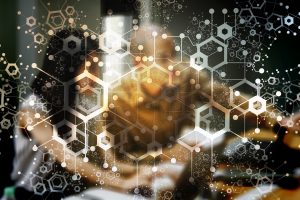
OEM Integration: 5 Reasons to Consider VCP Functionality for Data Integration
Articles about OEM integration
VCP functionality is revolutionizing data integration for OEMs in the testing industry, streamlining integration efforts, improving reliability and security, providing flexibility, and optimizing maintenance. By leveraging this innovative solution, OEMs can optimize their testing operations and focus on what matters most.
Read more 
5 Factors Impacting the Implementation Time of a Measurement System
Articles
In this article, from a time-constraint perspective, find out five key points to consider when picking a new measuring instrument.
Read more 
What is robustness, and how is it implemented in Dracal?
Articles
Dracal measurement instruments are robust. See our definition of robustness and the mechanisms implemented to ensure the mechanical, electrical, and software robustness of a Dracal measurement system.
Read more 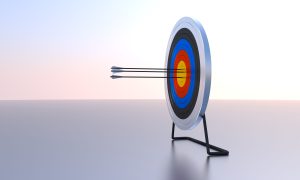
5 reasons to choose a calibratable (adjustable) instrument
Articles about calibration
In this article, find out why we offer the option to purchase a calibratable (adjustable) instrument (-CAL) and why it could suit you.
Read more 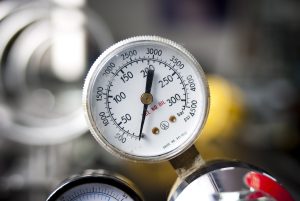
7 tips for comparing two instruments accurately
Articles about calibration
In this article, we present 7 key elements to check when comparing measurements between 2 instruments to avoid diagnostic errors that can be costly to the progress of your project.
Read more 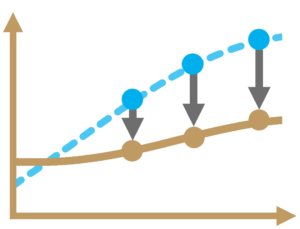
Documentation of the 3-point user-calibration mechanism
Articles about calibration
Discover how user calibration in 3 points is implemented in your calibratable products (products with the -CAL suffix).
Read more 
Digital barometers
Articles
A digital precision barometer is used to calculate altitude, and if there is a temperature compensation mechanism, the data returned is more accurate.
Read more 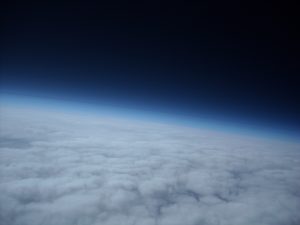
How to measure atmospheric pressure?
Articles
The atmospheric pressure is an absolute pressure measured by a barometer. The sensors for the different types of pressure and the main barometers are explored.
Read more 
USB barometer: some applications
Articles
A barometer measures atmospheric pressure. Data logging is made easier when the air pressure sensor is integrated into a USB port.
Read more Data harmonization and why automate it
Articles
Logging data from several sensors leads to the need to harmonize this data. A DAQ system makes it possible to do this automatically.
Read more 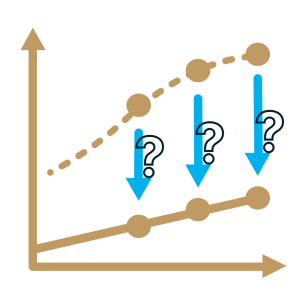
Calibration or adjustment?
Articles about calibration
What is a calibration? In common usage, calibration consists in correcting the value given by an instrument during a measurement. It is in fact an adjustment, as per the International Vocabulary of Metrology. See some explanations and what Dracal offers.
Read more 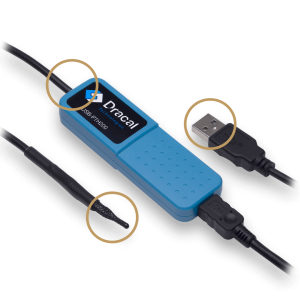
Sensor or measuring instrument: what does Dracal offer?
Articles
Dracal Technologies offers USB measurement instruments, whose main component is a precision sensor to acquire environmental data.
Read more 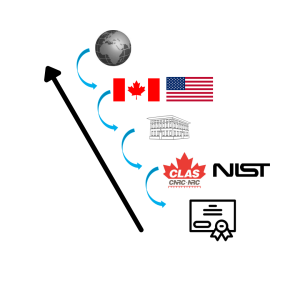
What Is the Traceability of an Instrument?
Articles about calibration
The traceability certificate ensures precision and accuracy. It is provided by an accredited laboratory using instruments with documented calibration.
Read more Data logger or data acquisition system: What is the difference?
Articles
The data acquisition system is a powerful integration and visualization tool for recording temperature, atmospheric pressure, relative humidity, etc.
Read more Where Are QTenki, usbtenkiget and the Others?
Articles
In June 2022, we rebranded our visualization, logging and data integration tools for our instruments. See how this change will impact (or not!) our current users.
Read more 
What is relative humidity and why is it important?
Articles
An intuitive description of relative humidity, its behavior in relation to changing environmental factors and its importance in both general and specific applications.
Read more 
Calibrating your USB sensor: 5 advantages of opting for the 3-point user-calibration mechanism
Articles about calibration
The math channels available in our visualization and logging software allow you to implement formulas involving the various channels of Dracal USB sensors. In particular, the implementation of functions “equivalent” to a calibration can be implemented manually and be accessible in the graphing and logging tab. Why would you then choose a device (-CAL) that […]
Read more 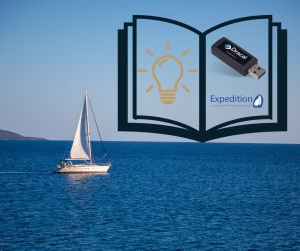
Tutorial to install the BAR20-N in Expedition
Code and integration examples
This article explains step-by-step how to connect and configure the BAR20-N barometer with Expedition software, for effective use in navigation and sailing.
Read more 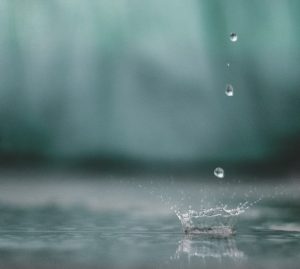
Measuring Relative Humidity: 15 Do’s and Don’ts
Articles
Presentation of 15 recommendations for measuring relative humidity with our precision electronic hygrometers.
Read more 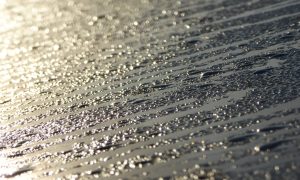
Relative Humidity Data: Why Is Temperature Necessary?
Articles
Relative humidity and temperature sensors are fairly common. Why? Knowing the temperature and the relative humidity is useful to avoid condensation.
Read more